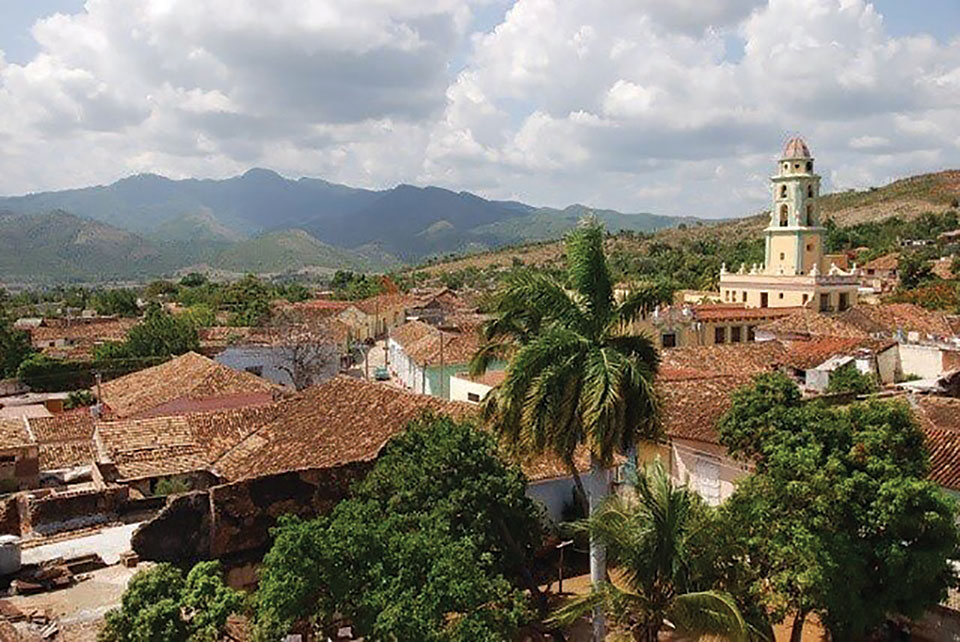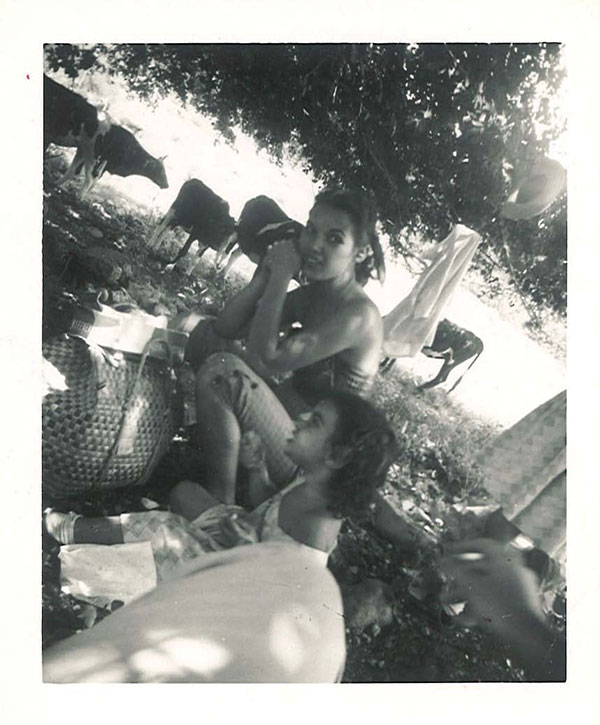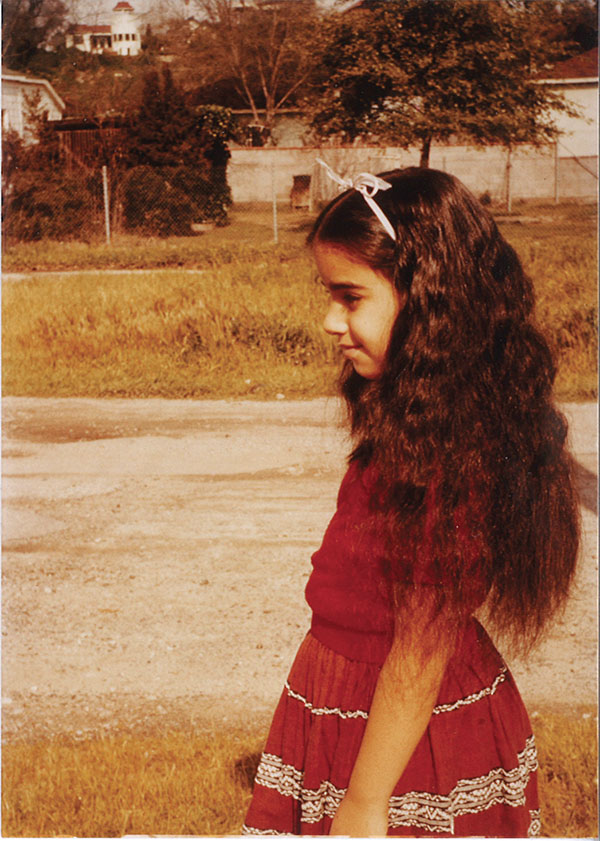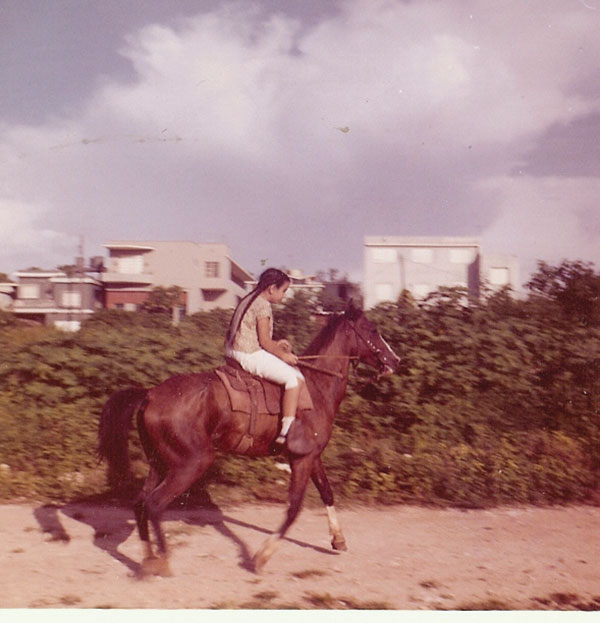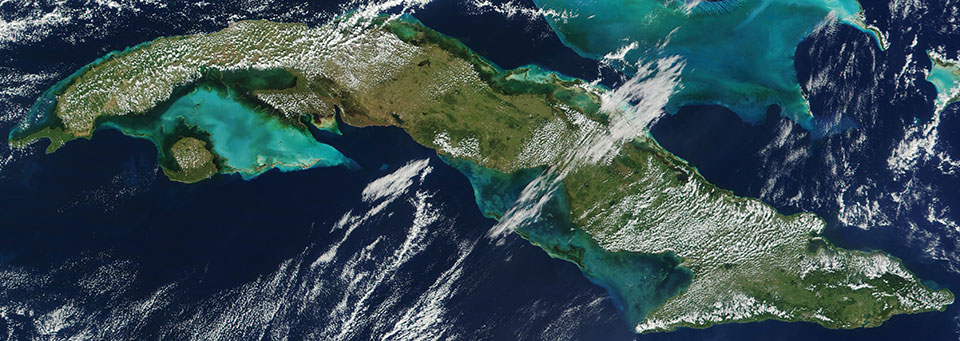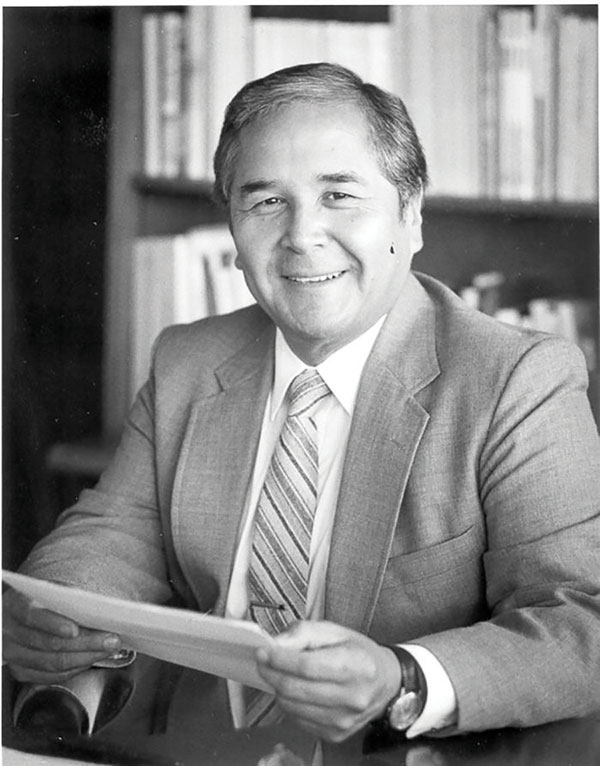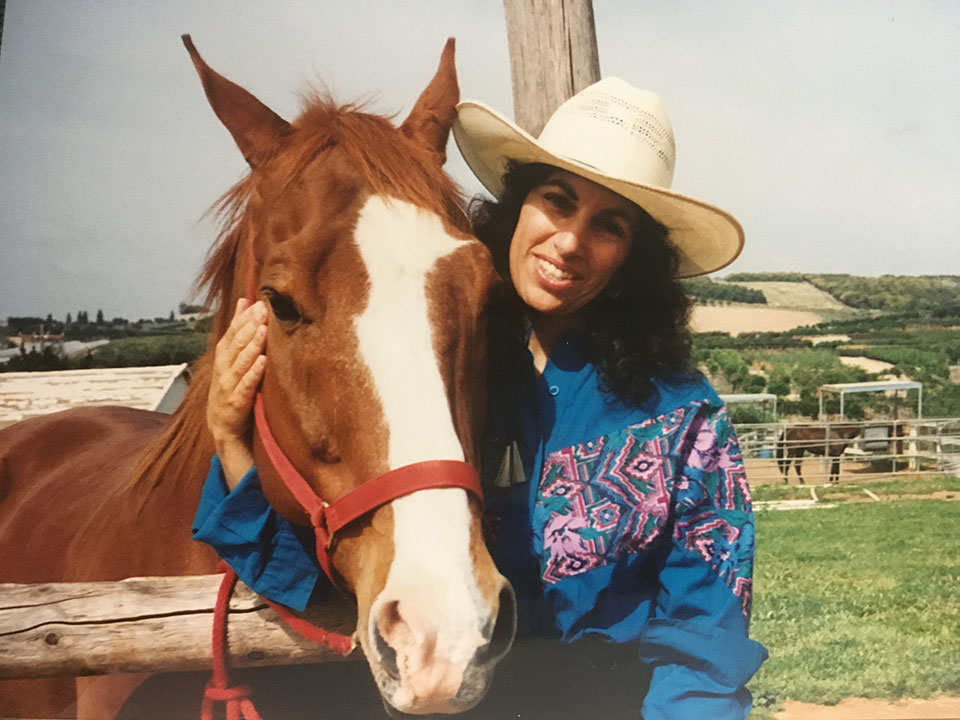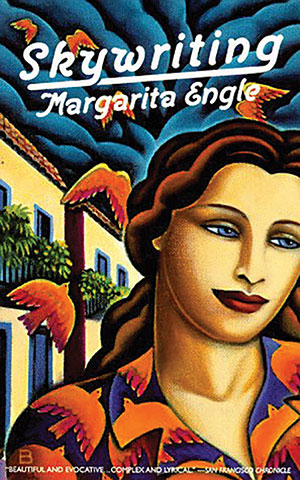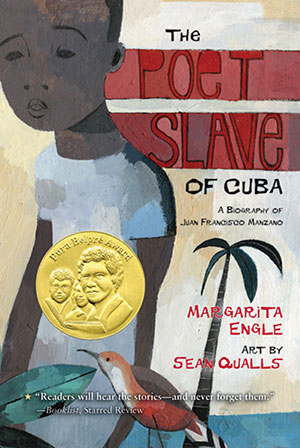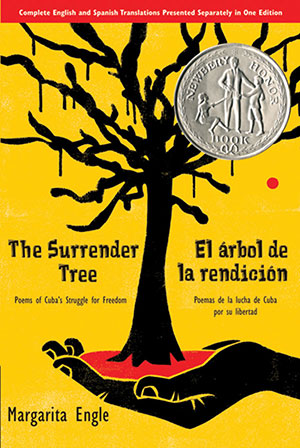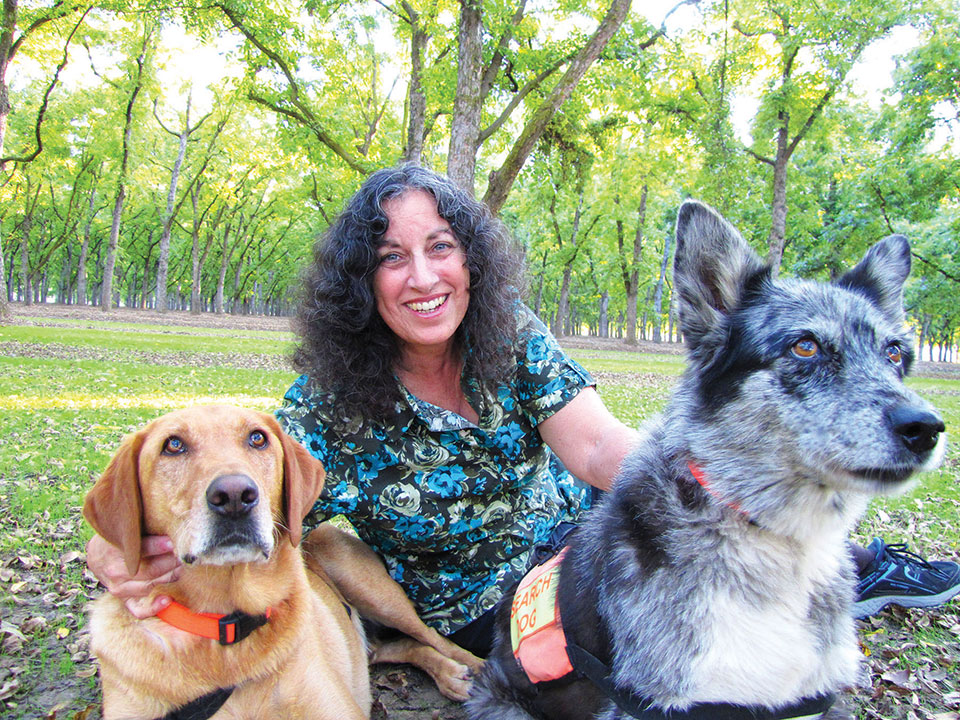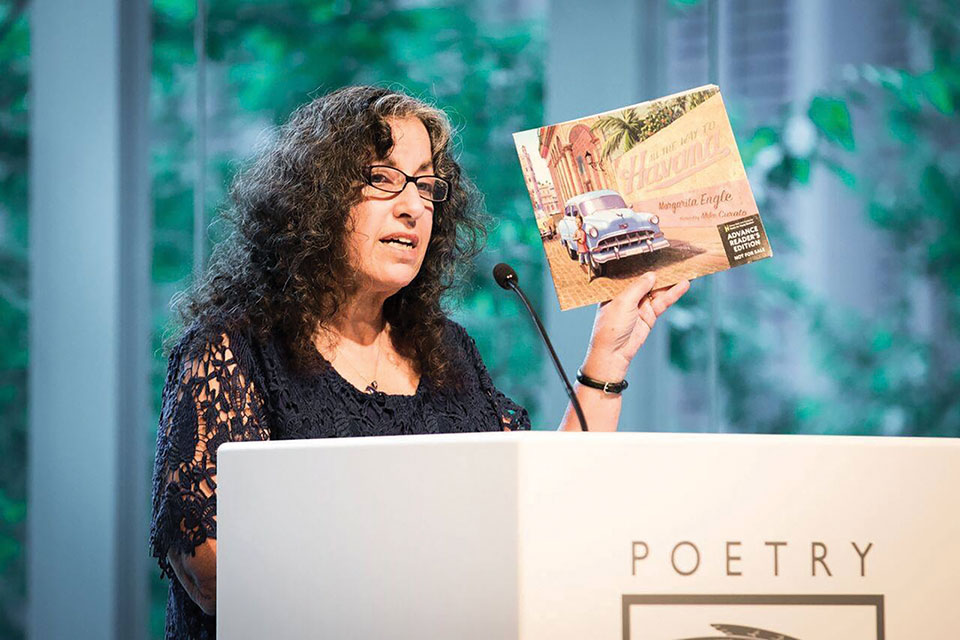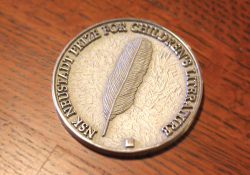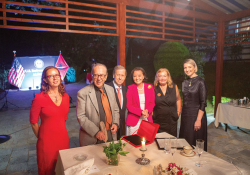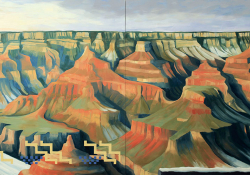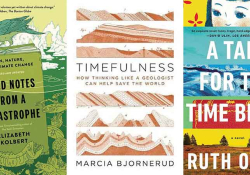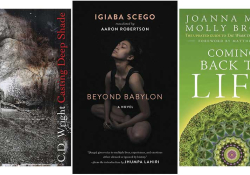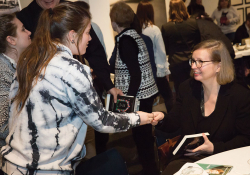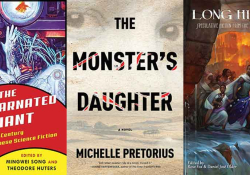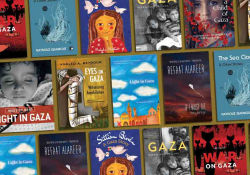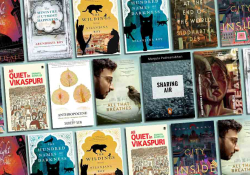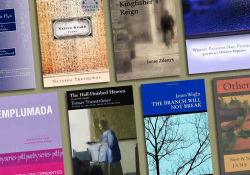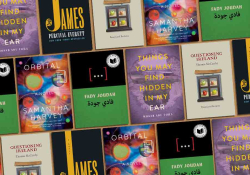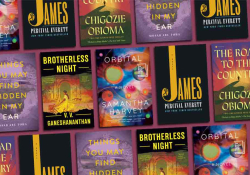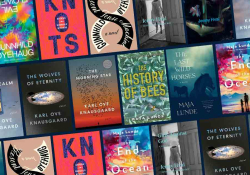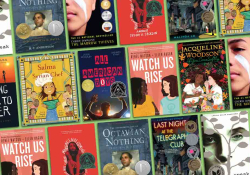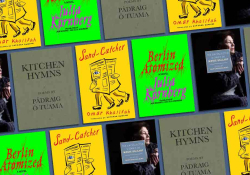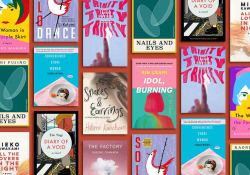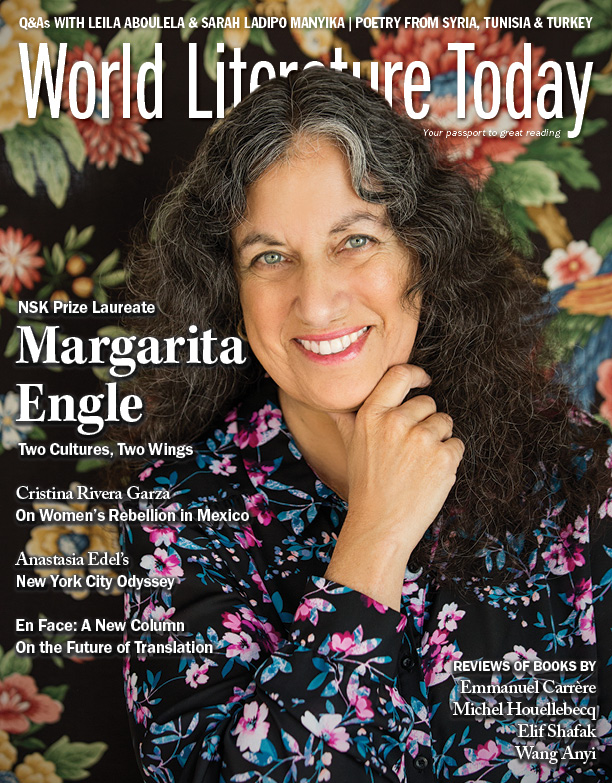Timeline: The NSK Neustadt Laureate - Margarita Engle
Valentine’s Day, 1947
Margarita’s parents met when her father, an artist from Los Angeles, California, traveled to Trinidad, Cuba, after seeing photos in the January 1947 issue of National Geographic. Since the two young artists could not speak the same language, they passed drawings back and forth to get to know each other. They married and moved to Los Angeles.
“A whole town just as quiet / And colorful / As a garden” — Enchanted Air, by Margarita Engle
1957
Margarita was born in Pasadena, California.
1953–1960
Margarita grew up in northeast Los Angeles, in a house full of books, paintings, and daydreams. She read voraciously, fascinated by travel books and horse stories. Margarita and her sister were fortunate enough to enjoy several summers with her mother’s extended family in Trinidad, Cuba, and on a nearby dairy farm at the foot of the Escambray Mountains. She fell in love with tropical nature, agriculture, and Cuban history and culture, and was thrilled with the chance to ride horses. By the age of six, she was writing poetry inspired by her fascination with plants and animals.
“Surely there must be mermaids here,
And talking animals,
The pale, humpbacked Zebu cows
And graceful horses
That roam peaceful hillsides,
Moving as mysteriously
As floating clouds
In the stormy
Tropical sky.”
— Enchanted Air,
by Margarita Engle
1961–1962
Cold War hostility, the Bay of Pigs Invasion, the Cuban Missile Crisis, and travel restrictions devastated the family.
1968–1977
Margarita graduated from high school at the age of sixteen, started college at the University of California, Berkeley, dropped out after being involved in protests that became violent, lived in a Haight-Ashbury commune, hitchhiked cross-country, and worked as a telephone operator in New York. When she finally returned to California, she found refuge in the quiet study of natural sciences at Los Angeles City College. She studied agronomy at California State Polytechnic University, Pomona, and botany at Iowa State University, Ames.
1978–1981
Margarita was working as the first woman agronomy professor at Cal Poly, Pomona, when she married Curtis Engle, an entomology graduate student at the University of California, Riverside. While teaching at Cal Poly, Margarita continued her lifelong passion, writing poetry and short stories. She began submitting them to literary journals, wrote opinion columns for Hispanic Link News Service, and worked toward a PhD in botany at UC Riverside, where she enrolled in a life-changing creative writing seminar taught by Dr. Tomás Rivera.
“Dr. Rivera taught me to write from the heart, never worrying about publication or popularity. That encouragement to be myself was all I needed to keep writing, no matter how many rejections I received. I got in trouble for taking a class outside my major, so I dropped out of the PhD program and continued writing.”
1982–1990
After the births of her two children, Victor and Nicole, Margarita continued experimenting with many different forms of writing, ranging from haiku to articles for garden magazines.
1991–1995
Margarita was writing and directing a Mobile Irrigation Laboratory water conservation project in Fallbrook, California, when she was finally able to start returning to Cuba after an absence of thirty-one years. Numerous trips during the 1990s allowed her to rediscover her extended family. Her first two novels about Cuba were written for adults, in traditional prose: Singing to Cuba (Arte Público, 1993) and Skywriting (Bantam, 1995).
1996–2008
After moving with her family to California’s rural Central Valley, Margarita continued traveling to Cuba and experimenting with styles, eventually falling in love with the middle grade and young-adult verse novel format. Marilyn Nelson’s Carver was her inspiration for The Poet Slave of Cuba: A Biography of Juan Francisco Manzano, which received a Pura Belpré Award, and The Surrender Tree: Poems of Cuba’s Struggle for Freedom, a Newbery Honor winner.
“Poems, travel stories, and nature / Keep me hopeful” — Enchanted Air, by Margarita Engle
2009–2019
Numerous verse novels and picture books followed, along with visits to Cuba whenever possible. The story of her relationship to the island is summarized in her verse memoirs, Enchanted Air: Two Cultures, Two Wings and Soaring Earth. Margarita had finally found her niche in children’s literature, concentrating on a wide variety of social justice themes, especially peace and hope.
